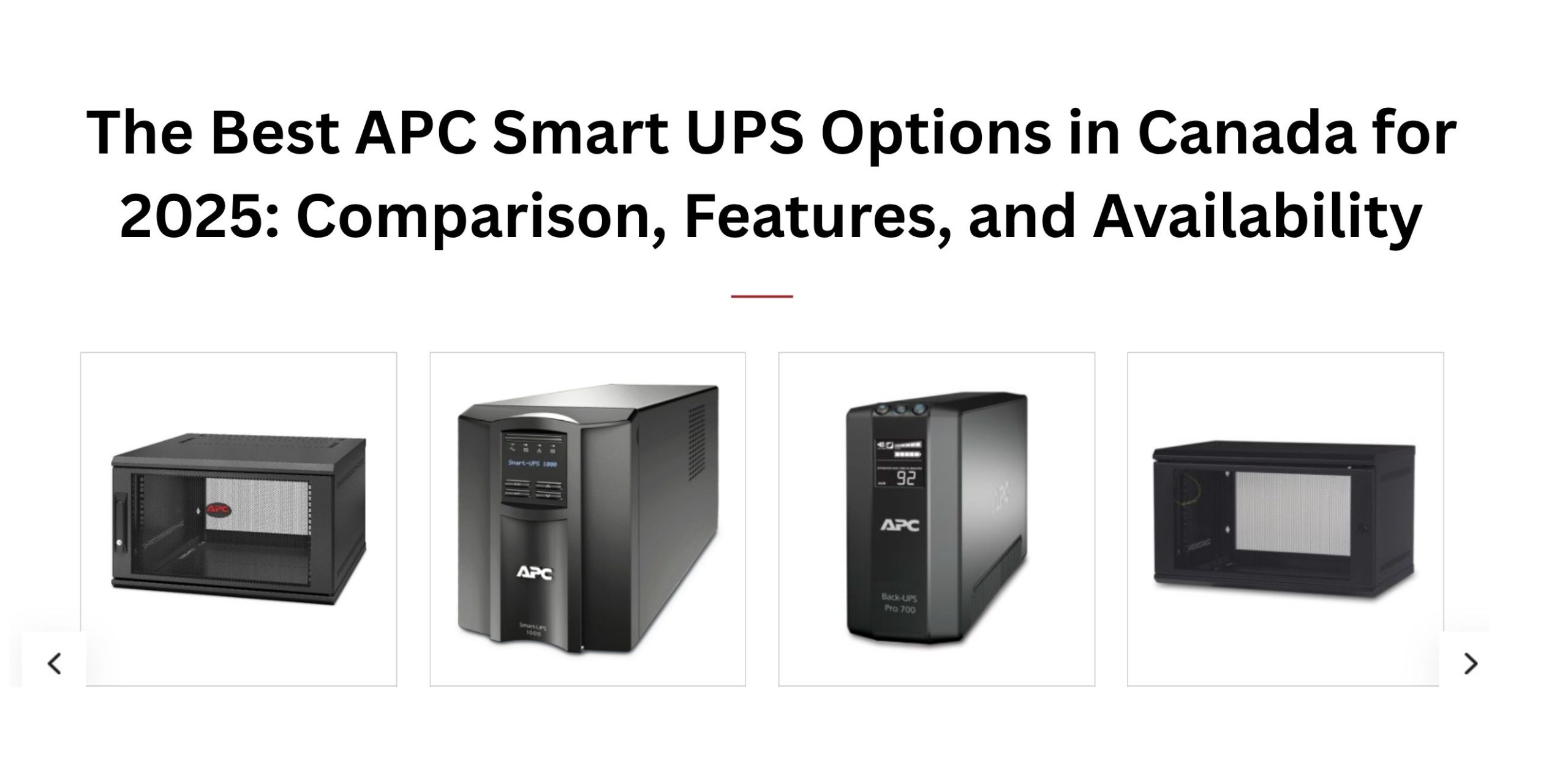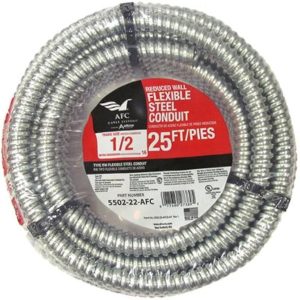Inventory Control 101: Exploring the Different Methods
Inventory control aims to improve and optimize how businesses handle their warehouse inventory. In broader terms, this can also include how they manage the inventory in their control. The broader form of inventory control may also be called stock control.
Essentially, inventory control gives a complete overview of what you have in stock, where it is, and how to manage it to ensure you don’t run out of stock. You can get additional info about inventory control in this article.
What’s Included in Standard Inventory Control?
Standard inventory control can be product/goods-oriented or revenue-oriented. In revenue terms, inventory control minimizes storage, labor, restocking, and packaging costs. Essentially, this aspect focuses on keeping or widening the existing profit margins while improving customer satisfaction.
Some of the features included in a standard inventory control include;
- Setting up a warehouse management system (WMS) and its inventory module or features
- Integrating smartphones and apps to inventory systems for pickers
- Integrating barcode scanners or RFIDs with the warehouse management system
- Inventory list creation and quality control
- Detailed report on product locations, quantities, and other information
- Setting the minimum stock level to trigger reorder
- Tracking and management for creating kits and bundles
- Guideline for updating products, inventory, and order information.
Why Inventory Control Is Important
Inventory control can help businesses better manage their warehouse, keep customers happy, and prevent last-minute mistakes that can affect revenue. Businesses that get their inventory control right know the number of products flowing in and out of their warehouse and how long before they need to restock.
Inventory control also helps businesses to generate appropriate sales and demand data. The data can be used to predict the peak demand times as well as order shrinkage. The information can also be used to address common in-house issues like product thefts, mis-picks, and other issues that could truncate the smooth warehouse operating system.
The Different Methods of Inventory Control
Many businesses use one or combine various inventory control methods to achieve desired outcomes. Some of the common methods used include;
Ledger Books
Ledger books are common in small businesses that rely on manual processes to keep inventory information up to date. This traditional, pen-and-paper process involves manually counting stocks and updating the information. It is most suitable for small businesses with fewer products that can be counted quickly.
Stock Cards
Stock cards are an upgrade to the ledger books. They can be used independently or combined with stock books for relatively mid-sized operations. The stock cards are physical and manual. They contain information on each product in stock as well as their units. The stock card is updated manually whenever a product is removed or added.
This approach has a few setbacks as it encourages human error of omission and theft. Tracking inventory use may become harder over time, and there may not be enough room to report damages, and other inconsistencies experienced in the business world.
Spreadsheets
Spreadsheets are an excellent way to keep tabs on products in your inventory. They are electronic records that may or may not require manual effort, depending on how the business process has been optimized.
Spreadsheets relying on manual inputs and updates can also suffer the same fate as stock cards, especially as numbers may be easily manipulated or human errors may lead to inaccurate data.
On the other hand, a largely automated spreadsheet can rely on technologies like SKUs and barcodes to optimize products, units, prices, and stocks. The automated process can also come with alarms or warnings to notify the warehouse of depleting stock.
Many companies, including smaller companies, often prefer this approach because it requires less manual interaction and offers accurate data capturing. They can effectively reduce the number of man-hours while improving stock management on the warehouse floor.
Starter Stock Software
Larger businesses, including warehouses, may seek more sophisticated warehouse and inventory management solutions to handle their growing products and demand needs. This can lead to early-stage software solutions that draw reports from a broad range of products carried. Such software solutions still rely on barcodes, SKU, and point-of-sale solutions, however, they offer businesses a much finer approach to sorting data and understanding sales, inventory, and consumer needs.
Integrated Software and Partners
This is perhaps the final evolution of inventory control. This stage is often an enterprise-level solution to handling an influx of products and inventory across multiple warehouses. Businesses at the enterprise level, or this stage, often rely on advanced warehouse management software solutions or Enterprise Resource Planning (ERP) solutions to achieve their objectives. Such advanced tools can be customized to support global warehousing and inventory needs. It can also be integrated with other tools and processes, including eCommerce sale platforms, to ensure a smooth operation.
Businesses at every stage of growth and development can leverage different inventory control methods to meet their specific needs.













Post Comment
You must be logged in to post a comment.